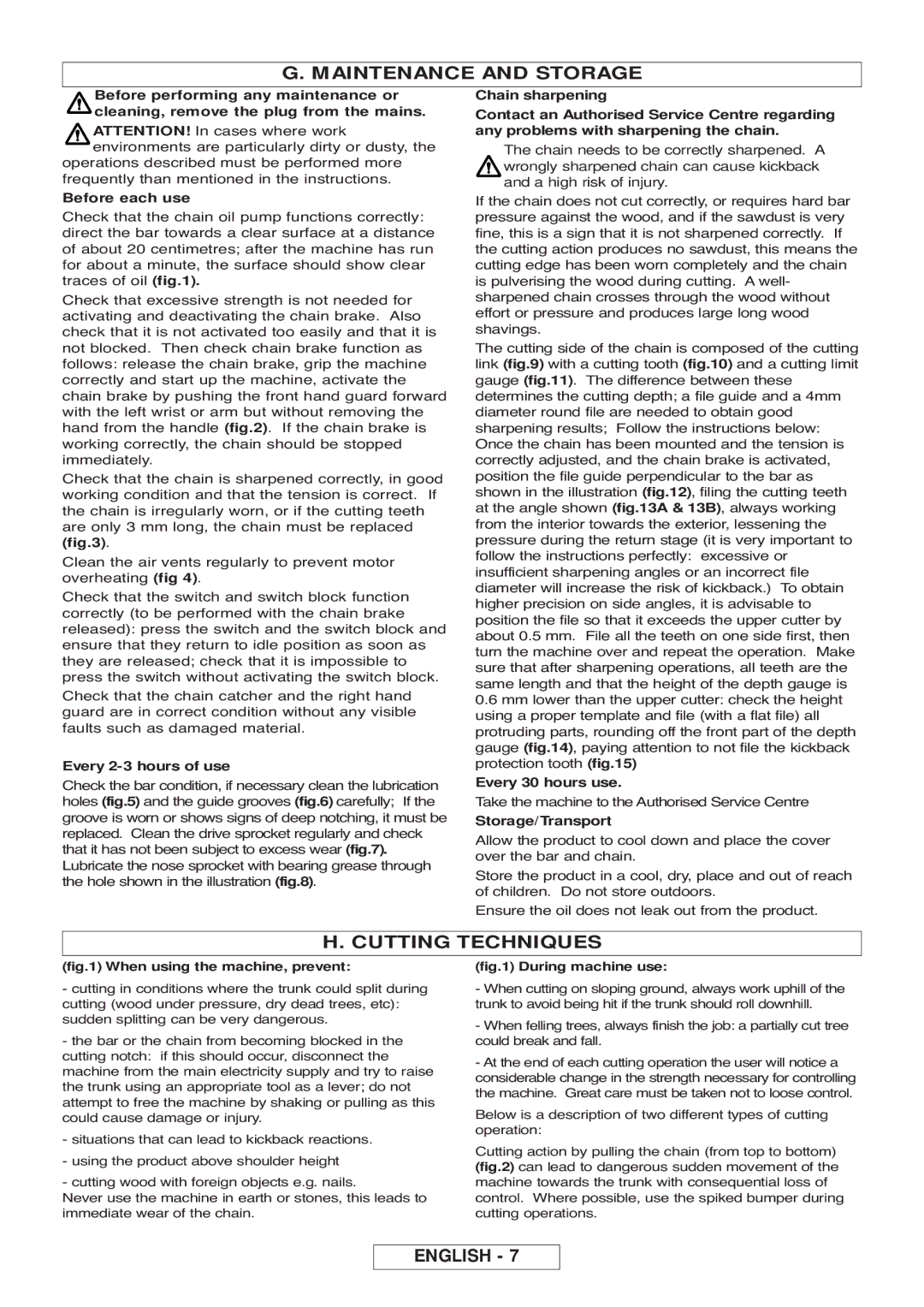EN60745-1, EN50366, EN60745-2-13, EN61000-3-2, EN55014-1 specifications
Gardena, a prominent name in the gardening tools sector, offers products designed to meet rigorous European standards for electromagnetic compatibility and safety. Among these standards are EN61000-3-11, EN55014-1, EN61000-3-2, EN60745-2-13, and EN50366. Each of these standards ensures that Gardena tools are efficient, safe, and environmentally friendly.EN61000-3-11 pertains to the limits for voltage fluctuations and flicker in electrical equipment connected to a low-voltage supply system. Gardena tools designed in compliance with this standard minimize their impact on the electrical grid, ensuring reliable operation even in environments with fluctuating power quality. This commitment is evident in their well-engineered motors, which exhibit resilience against voltage fluctuations.
EN55014-1 covers the emission of electromagnetic disturbances from household appliances and similar tools. By adhering to this standard, Gardena products effectively suppress electromagnetic interference, promising a quiet operation and reducing the likelihood of disruption to other electronic devices in the vicinity.
EN61000-3-2 is crucial for harmonic current emissions in devices with input current up to 16 A. Gardena's adherence to this standard shows its commitment to sustainability; the products generate minimal harmonic distortion, which is vital for maintaining grid stability and optimizing energy consumption.
Gardena's tools also conform to EN60745-2-13, focusing on safety requirements for handheld motor-operated tools. This standard ensures that Gardena’s offerings prioritize user safety, featuring ergonomic designs, protective mechanisms, and low-risk operation features. Such safety measures enhance user confidence while offering peace of mind during gardening tasks.
Lastly, EN50366 deals with the basic requirements for the immunity of electrical and electronic appliances aimed at preventing disturbances from electromagnetic radiation. Gardena's compliance with this standard underlines the brand's dedication to user safety and product reliability. The tools are designed to minimize radiation emissions, which conservatively supports both users and the environment.
In essence, Gardena’s alignment with standards such as EN61000-3-11, EN55014-1, EN61000-3-2, EN60745-2-13, and EN50366 highlights the brand's commitment to delivering high-quality gardening products that are efficient, safe, and environmentally responsible. Customers can trust that they are investing in tools designed with cutting-edge technology and compliance to the highest European safety and performance standards.

